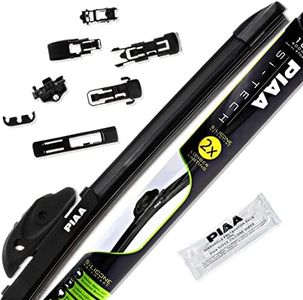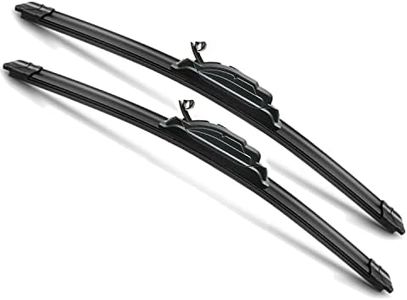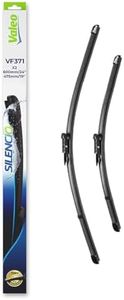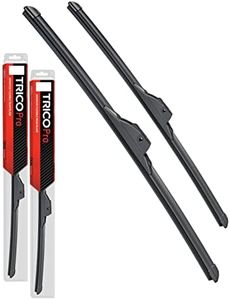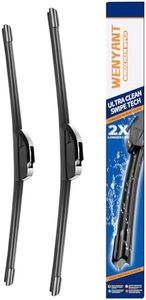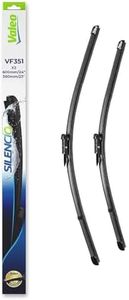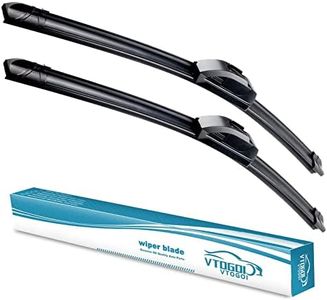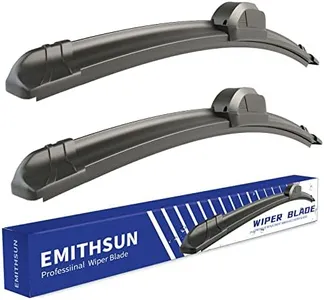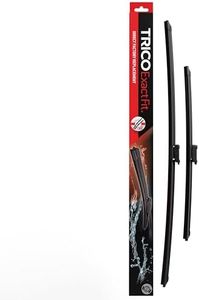We Use CookiesWe use cookies to enhance the security, performance,
functionality and for analytical and promotional activities. By continuing to browse this site you
are agreeing to our privacy policy
10 Best Windshield Wipers
From leading brands and best sellers available on the web.By clicking on a link to a third party's website, log data is shared with that third party.
Buying Guide for the Best Windshield Wipers
Choosing the right windshield wipers is essential for clear visibility and safe driving, especially in rainy or snowy conditions. The right pair will ensure your windshield stays clean, streak-free, and free from obstructions, while also fitting securely and operating quietly. Since vehicles and climates vary a lot, it’s important to understand the key features so you can select the best option for your car, local weather, and personal preferences.Blade TypeThis refers to the style of the wiper blade—common types include traditional (frame-style), beam, and hybrid blades. Frame-style blades have a metal framework that holds the rubber blade and are standard on many older vehicles. Beam blades use a single, flexible piece of rubber or silicone, offering better contact and performance in heavy rain or snow. Hybrid blades combine both designs for improved durability and efficiency. If you drive in harsher weather conditions, beam or hybrid blades might perform better, while traditional blades work well for mild climates.
SizeThe size of the wiper blade is crucial for proper fit and effective cleaning. Wipers are measured in inches, and your vehicle needs specific sizes for the driver and passenger sides, and sometimes a rear blade. Too long or too short blades can cause streaks or miss parts of the glass, so always consult your vehicle’s manual or online guides to match the exact size required.
MaterialThe material of the wiping element affects durability and performance. Rubber is common and affordable, providing a smooth clean but tends to wear out faster. Silicone lasts longer, resists weathering and heat, and may provide quieter operation. If you want longer-lasting, quieter wipers and don’t mind paying a bit more, silicone could be ideal, while rubber is sufficient for lighter or less frequent use.
Connector TypeConnectors determine how the wiper attaches to the wiper arm. There are several types, including hook, pin, and side-lock connectors, and they aren’t all interchangeable. Using the wrong connector type means the blade may not attach securely, so match the connector to your vehicle’s requirements by checking your manual or installation guide.
Weather PerformanceSome wipers are designed for specific weather conditions. All-season blades handle most weather but may struggle in heavy snow or ice. Winter blades have protective covers to prevent freezing and clogging, while summer or standard blades excel in rain. If you deal with harsh winters, dedicated winter blades are a good choice, while all-season blades should cover most needs elsewhere.
Ease of InstallationHow easy it is to install the blades can save you time and frustration. Some blades are designed for simple, no-tool replacement, while others might require adapters or more effort. If you prefer to replace them yourself, look for options advertised as quick or tool-free installation, always ensuring compatibility with your car.

